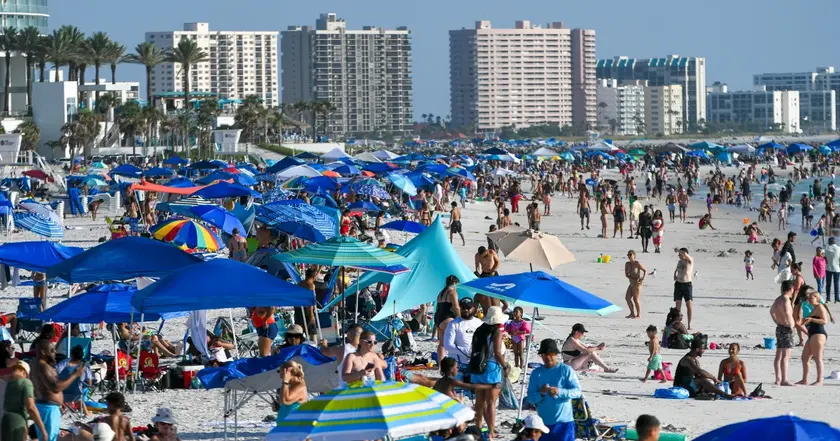T4K3.news
Vibrio vulnificus warning issued for coastal waters
Health officials warn of a seasonal rise in Vibrio vulnificus infections along Gulf and Eastern Seaboard waters and urge caution for vulnerable groups.
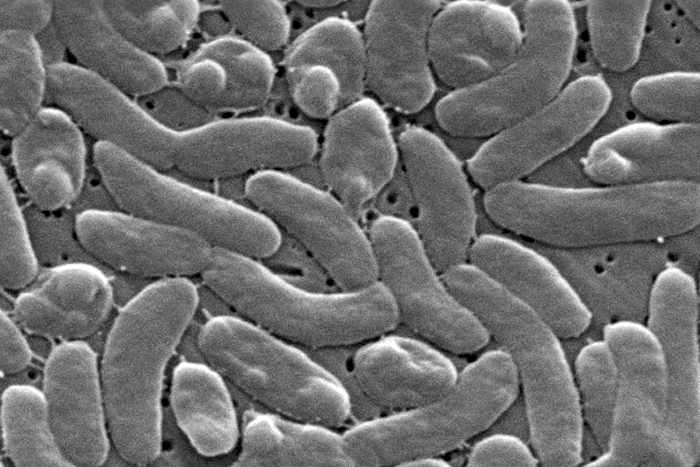
Coastline warnings rise as health officials report a season of Vibrio vulnificus infections along the Gulf and beyond.
Protecting yourself from Vibrio vulnificus in coastal waters
Vibrio vulnificus lives in seawater and in estuaries. Infections peak May to October and have been rising along Gulf Coast states and now up the Eastern Seaboard. In Louisiana this year, 20 cases required hospitalization and four deaths; Florida reports 17 cases and five deaths at this point. Scientists link warmer waters to a northward spread of the germ.
Infections happen when the bacteria enter through a cut or by eating raw shellfish, especially oysters. Antibiotics used for food poisoning are less effective when the bacteria infect through skin. Medical experts warn that the elderly, people with liver disease and other chronic conditions are most at risk. Prevention includes avoiding saltwater exposure with unhealed wounds, washing cuts with soap, cooking shellfish thoroughly, and keeping raw seafood separate from other foods. Seek medical care promptly if fever, chills, or red areas on the skin spread or blister.
Key Takeaways
"This ain't nothing to play with"
Survivor urging caution
"The Gulf's water is the perfect convergence of the right amount of salt and the right amount of heat to let this organism proliferate"
Climate and water conditions enabling spread
"Not everyone's immune system is going to be strong"
Vulnerability warning
"They may require multiple surgeries to remove dead or infected tissue"
Medical severity
Climate change is reshaping where Vibrio vulnificus poses a danger, with cases no longer confined to a single coastline. The article highlights uneven patterns across states and the challenge of timely, clear public health messaging when data are incomplete. It also raises questions about how local officials balance warnings with avoiding unnecessary alarm. The piece points to vulnerable groups and practical steps, underscoring a broader need for coastal adaptation and stronger surveillance.
Beyond health data, the story hints at the economic and social side of coastal risk. Beachgoers, shellfish lovers, and small businesses depend on clear guidance. Officials must translate science into practical, everyday actions while managing public expectations as seasons grow longer and warmer.
Highlights
- This ain't nothing to play with.
- The Gulf's water is the perfect convergence of the right amount of salt and the right amount of heat to let this organism proliferate.
- Not everyone's immune system is going to be strong.
- They may require multiple surgeries to remove dead or infected tissue
Public health risk from Vibrio vulnificus in coastal waters
Rising infections tied to warmer coastal waters pose a health threat to swimmers and seafood consumers. Vulnerable groups include the elderly and people with liver disease. Data gaps and uneven reporting complicate risk assessment.
Vigilant, practical steps help communities stay safe as oceans warm.
Enjoyed this? Let your friends know!
Related News
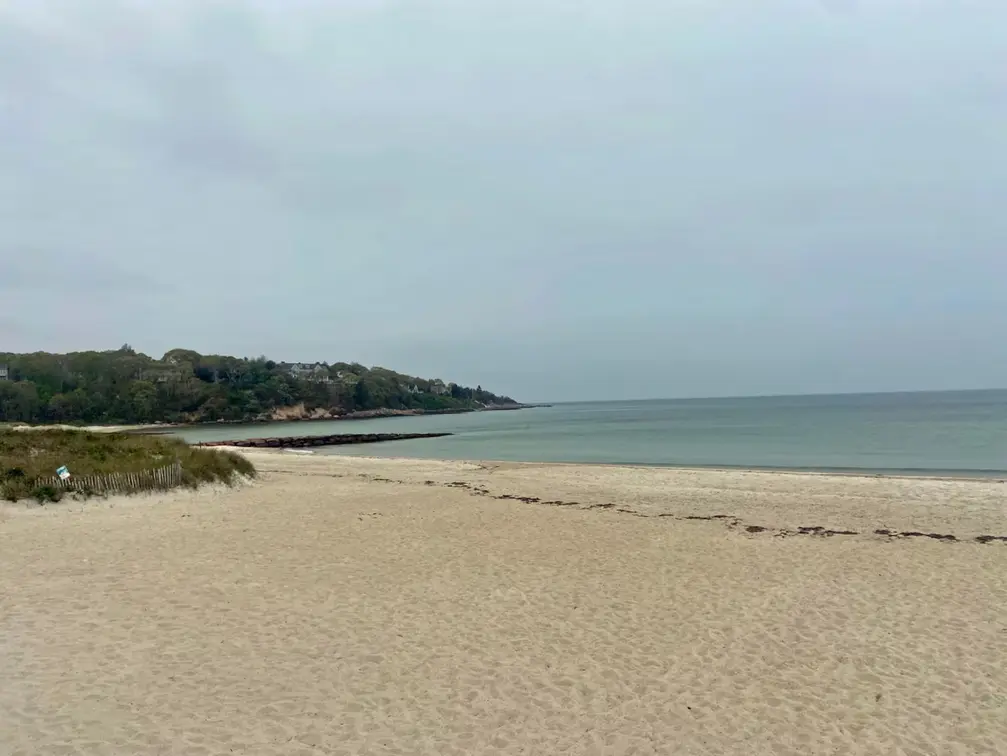
Vibrio warning issued for Cape Cod waters
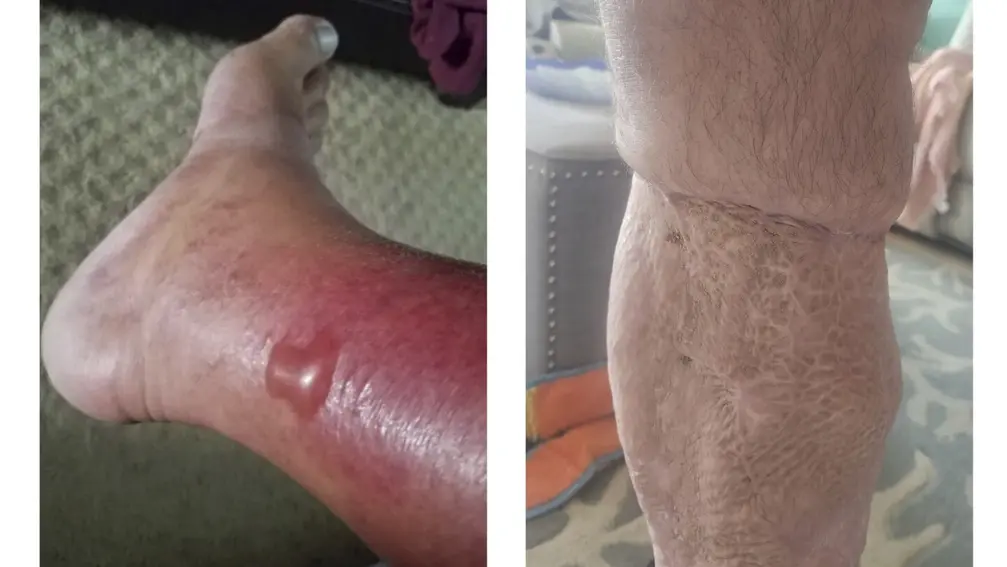
Vibrio vulnificus health alert

Massachusetts health warning on Vibrio bacteria
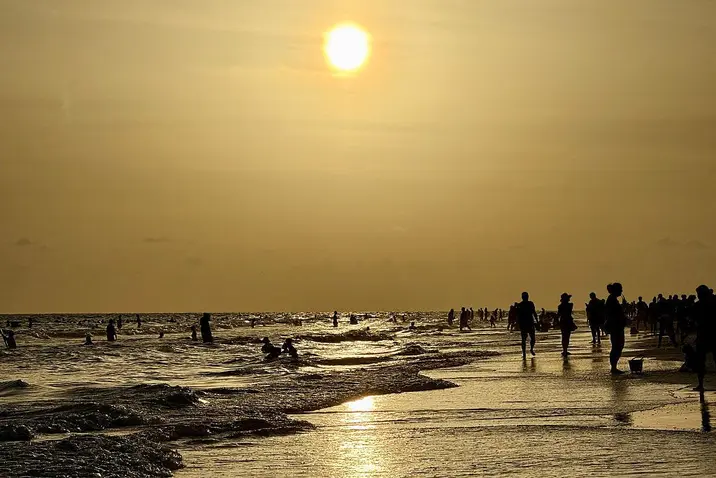
Rise in flesh-eating bacteria cases alarms health officials

Cape Cod swimmer infected with rare Vibrio bacteria

Health officials report increase in flesh-eating bacteria cases

Warm seas drive surge of flesh-eating Vibrio along coasts

Health alert issued for Gulf Coast Vibrio cases
